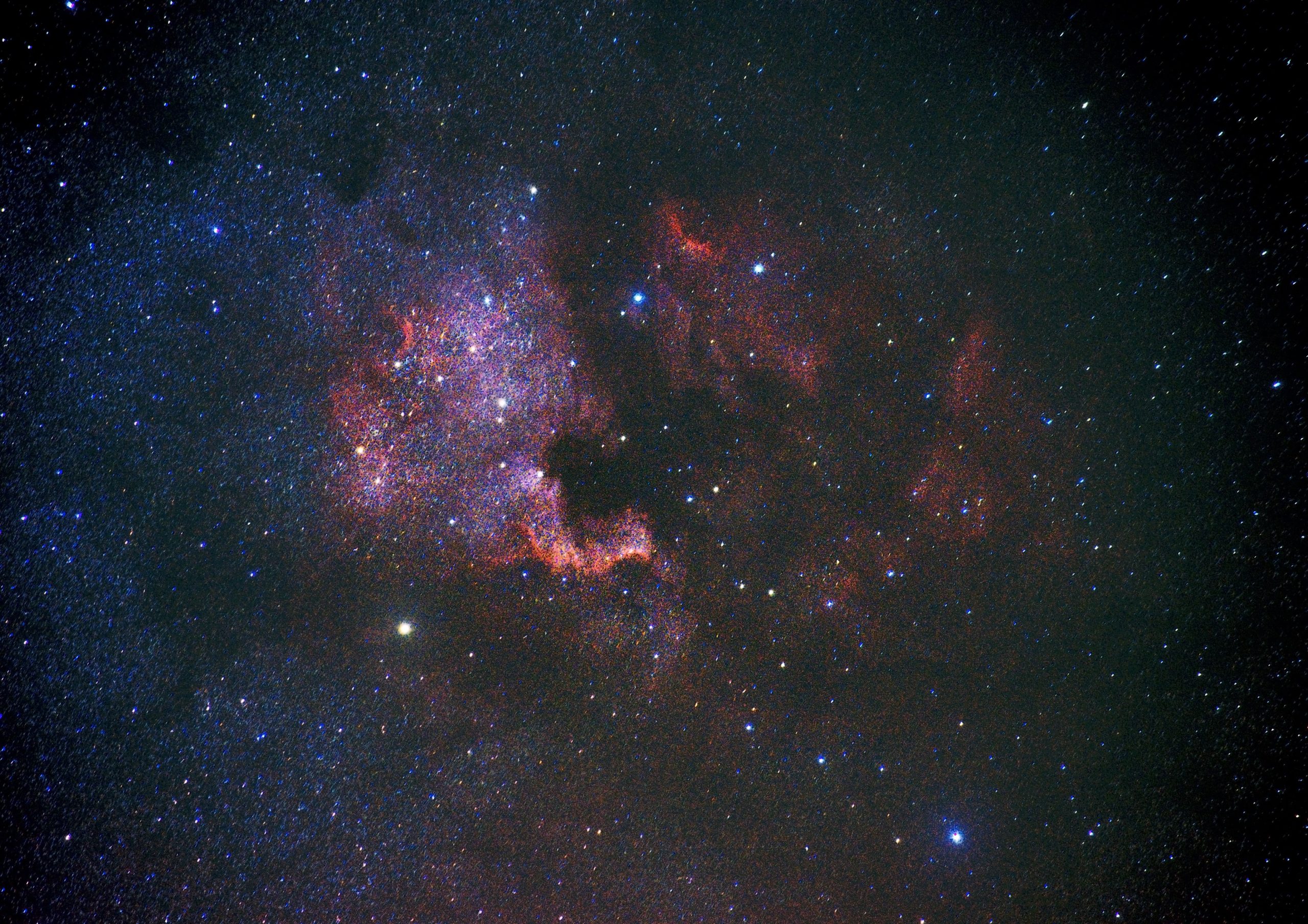The Effects of the Third Quarter Moon: A Guide to Lunar Phases and Nature’s Rhythms
The moon, Earth’s luminous satellite, has fascinated humans for centuries. Its mesmerizing beauty has inspired poetry, art, and scientific exploration. However, besides its aesthetic appeal, the moon also has significant effects on our planet and its diverse ecosystems. In this comprehensive guide, we will dive into the specific impacts of the third quarter moon and explore how its phase influences various natural phenomena.
Understanding Lunar Phases
Before we delve deeper into the effects of the third quarter moon, let’s briefly recap the different lunar phases. The moon orbits the Earth, and as it does so, the sun’s illumination creates different shapes of the moon visible from our perspective. These phases include the new moon, crescent moon, first quarter moon, gibbous moon, full moon, and lastly, our focus, the third quarter moon.
During the third quarter moon phase, the moon appears as a half-circle, with the right half illuminated while the left half remains in darkness. It follows the full moon and precedes the new moon, making it a critical stage in the moon’s monthly cycle. Understanding the effects of this phase can provide valuable insights into the natural rhythms of our planet.
The Influence of the Third Quarter Moon on Tides
Tides, the rhythmic rise and fall of sea levels, are primarily governed by the gravitational pull of the moon and the sun on Earth’s oceans. During the third quarter moon, the sun, Earth, and moon form a right angle, causing their gravitational forces to partially cancel each other out. As a result, the tidal range, or the difference between high and low tides, is at its smallest during this phase.
While the tidal range decreases, the gravitational forces at play during the third quarter moon still have a significant impact on coastal areas. There is a phenomenon called neap tides, characterized by lower high tides and higher low tides. This effect is most prominent during the third quarter moon, with coastal regions experiencing more moderate variations in water levels.
Furthermore, the reduced tidal range affects marine life, influencing the behavior of organisms adapted to specific tidal conditions. Species that rely on intertidal zones for feeding or breeding may experience changes in their habitat and behavior during the third quarter moon phase.
The Impact on Plant Growth and Harvesting
Just as the moon’s gravitational forces influence tides, they can also affect the movement of water within plants. During the third quarter moon, when the gravitational attraction is weaker, the sap within plants is drawn downward. This phenomenon is comparable to low tide, where water recedes from coastal areas.
Gardening enthusiasts have long considered lunar phases when planning their planting and harvesting activities. Some traditional practices suggest sowing crops during the waxing moon (from the new moon to the full moon) and harvesting during the waning moon (from the full moon to the new moon). By aligning with the natural rhythms of the moon, it is believed that plants can experience optimal growth and minimize the risk of diseases or pests.
However, scientific evidence supporting lunar gardening methods remains inconclusive. The influence of the moon on plant growth is a complex interaction of factors beyond just gravitational forces. Soil conditions, weather patterns, and the specific needs of individual plant species also play crucial roles.
Animal Behavior During the Third Quarter Moon
The moon’s phases can influence the behavior of various animal species, from marine creatures to terrestrial mammals. During the third quarter moon, when the moon is waning, nocturnal animals reliant on the moonlight may exhibit altered behavior.
Many nocturnal predators take advantage of the moon’s illumination to hunt for prey. With the moon appearing as a half-circle during the third quarter phase, its light is significantly reduced compared to the full moon. As a result, some predators may experience more difficulty locating their targets and adjusting their hunting strategies accordingly.
Conversely, prey animals may perceive the reduced moonlight as a potential advantage in terms of avoiding predators. Some studies suggest that species such as rodents may be bolder and more active during the third quarter moon, taking advantage of reduced predation risks.
Astronomical Observations and Skygazing
While the third quarter moon may have subtle effects on tides, plants, and animal behavior, it also offers a unique experience for skygazers and amateur astronomers. With the moon appearing as a half-circle, its surface features, such as craters and lunar mountains, are beautifully illuminated and create stunning contrasts between light and shadow.
The lower illumination of the third quarter moon also provides an ideal backdrop for observing other celestial objects, such as stars, planets, and deep-sky objects. The reduced moonlight during this phase creates darker skies, allowing fainter astronomical targets to become more visible.
Conclusion
The third quarter moon, with its distinct half-circle shape, holds a variety of effects on Earth’s natural systems. From impacting tides and coastal ecosystems to potentially influencing plant growth, animal behavior, and even astronomical observations, this lunar phase showcases the intricate connections between nature and the cosmos.
As we continue to explore and appreciate the wonders of the moon, let us remember that its influence extends far beyond its captivating beauty. The third quarter moon, like other lunar phases, adds another layer of complexity to the tapestry of life on our planet.
Table of Contents
